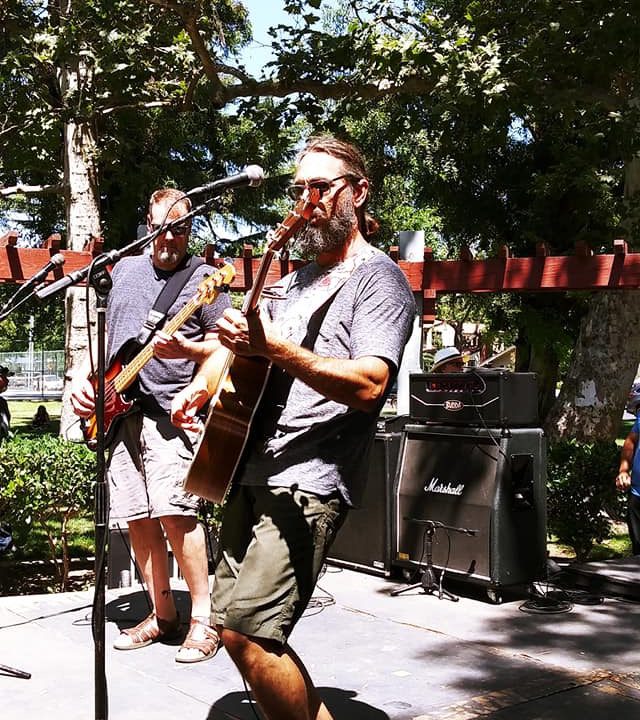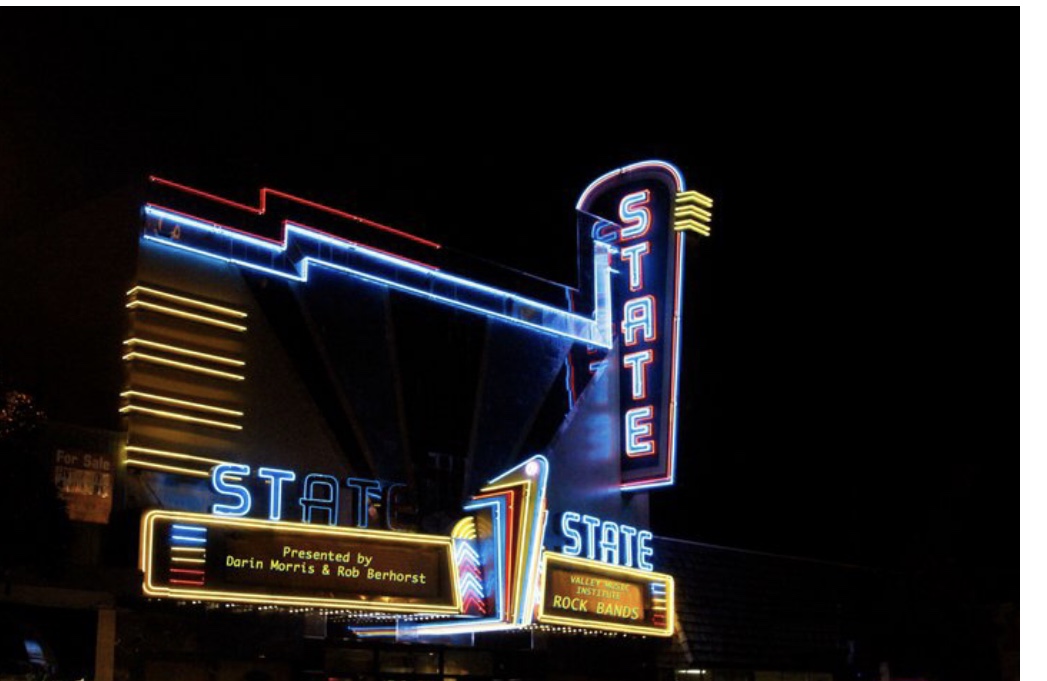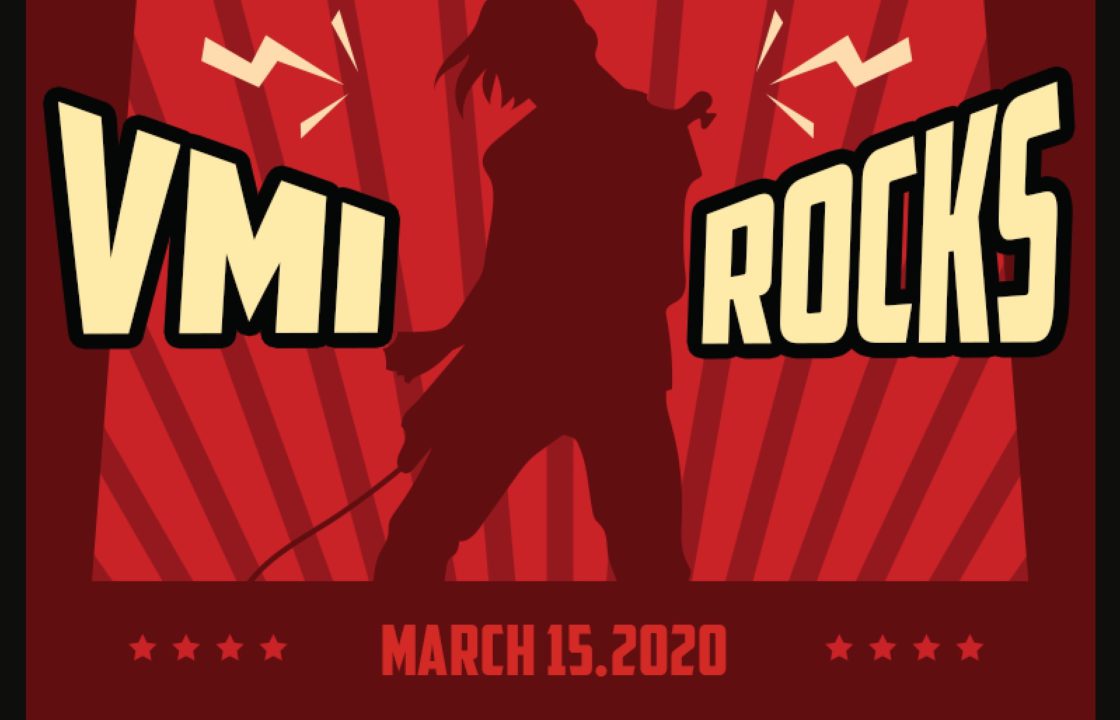
What a lot of people do not know is that the 1964 6G6-B
Bassman with Utah Speakers was actually the most recorded amplifier
used by The Beatles. The amp was first used by Paul McCartney as his
main bass amp from 1965 to mid 1967 (he did use a Vox during this time
but not as much as the Bassman). In 1966 and 1967 John Lennon and
George Harrison shared it (sometimes playing their guitars through the
amp at the same time) and from early 1967 George Harrison took it over
as his main amp. This amp was then used on a few of the early John
Lennon solo albums when George was there and then George used it as
his main solo amp. It even became George’s main amp when they did
Antholody and Real Love/Free As A Bird (you will see it in the
recording sessions). If you look at any Beatles documentary from 1967
you will always see it there (even in the Apple offices at times), it
is all through the Lennon Imagine films and documentaries and also the
Harrison documentaries and it was even on stage during the Concert for
George, as a tribute when George died. So, the 1964 Bassman is
actually the “real” amp used by The Beatles in the latter years and
most creative years, rather than the iconic Vox which dominated their
early years. So, although the Utah speakers were not the best
speakers their sound dominated Beatle recordings from Rubber Soul
(1965) to Abbey Road (1970) so that is not too bad 🙂

1961 Pro Reverb and 1963 Bandmaster. Both have 6G6-B circuit.

1964 Fender Bassman.

THE BEATLES’ GEAR
October 1965–March 1966
1964 Rickenbacker 325
1961 Fender Stratocaster (studio only)
1964 Gibson J-160E
Vox AC-30 and AC-100 amplifiers
1963 Hofner 500/1 bass
1964 Rickenbacker 4001S bass (studio only)
Fender Bassman amplifier
2nd Gretsch Country Gentleman
1961 Fender Stratocaster (studio only)
Gibson ES-345
1962 Gibson J-160E
1965 Rickenbacker 360/12
Vox AC-30 and AC-100 amplifiers
Starr’s 4th Ludwig drumkit with 5th drop T logo drumhead
April 1966–June 1966
1965 Epiphone Casino
Gretsch 6120 (studio only)
1964 Gibson J-160E
Vox AC-30 amplifier
Fender Showman amplifier
Vox 7120 prototype amplifier
1964 Rickenbacker 4001S bass (studio only)
1962 Epiphone Casino ES-230TD (studio only)
Fender Bassman amplifier
Vox 4120 prototype amplifier
1961 Fender Stratocaster
1965 Epiphone Casino
1965 Rickenbacker 360/12
1964 Gibson SG Standard
1962 Gibson J-160E
Burns Nu-Sonic bass guitar (studio only)
Vox AC-30 amplifier
Fender Showman amplifier
Vox 7120 prototype amplifier
Starr’s 4th Ludwig drumkit with 5th drop T logo drumhead
More on the bassman:
The Great Bass Amps Of The 60s
By David Hicks | March, 2005
Although the bass guitar was introduced in 1951, bass amplifiers lagged far behind. For a decade, bassists had to make do with guitar (or accordion) amps ill-suited to reproducing low-frequency sounds. Even the early Fender bass amps, including the ’59 Bassman 4×10, had open-back enclosures that produced little more than a muddy approximation of the instrument’s true sound. Finally, in the early 1960s, engineers began to turn their attention to the problem of amplifying this “new” instrument. Let’s take a look at some of the more memorable designs they came up with during that turbulent decade.
Fender Bassman
As the mid-’60s neared, a phenomenon called the “British Invasion” occurred. Suddenly, everybody was learning to play guitar, bass, or drums, and combos were forming in every town across the nation. While many of the English groups were using strange gear made by Vox, most music stores in the U.S. featured amps manufactured in California by Fender. At this time, Leo and company had some 15 years of amp-building experience under their belts, and they were building what proved to be perhaps the most durable—and desirable—amplifiers ever made. In 1964, if you were serious about your music, your amp of choice was a “blackface” Fender Bassman (so called because of the black paint on its front panel).
This amp featured the relatively new (at the time) piggyback design, with separate amp head and speaker bottom, which provided flexibility as well as an illusion of size. (While some of the Fender piggyback amps had tilt-back legs and fasteners to attach the head, no self-respecting rock player of the era set his speaker bottom on its side!) The Bassman’s all-tube amplifier design included dual channels, one marked BASS and the other NORMAL—implying, one assumes, that playing bass was somehow abnormal. Each channel had volume, treble, and bass controls, as well as individual voicing and preamp designs for optimum sound with bass or guitar/microphone. And, as the popularity of electric music continued to expand, the 50-watt power section and pair of heavy-duty 12″ speakers set the standard for bass. The tone was pretty good—all of a sudden, you could hear the bass guitar, without a lot of buzz or distortion. At the time, it was the ultimate in bass gear.




mikles
Hello
Thanks for the article
Cool memories about fender guitar
rarely faced for sefuul info about rare guitars and amp
Now, I try to play les pauls. Good giutar for me
https://musiety.com/epiphone-les-paul-special-ii-review/